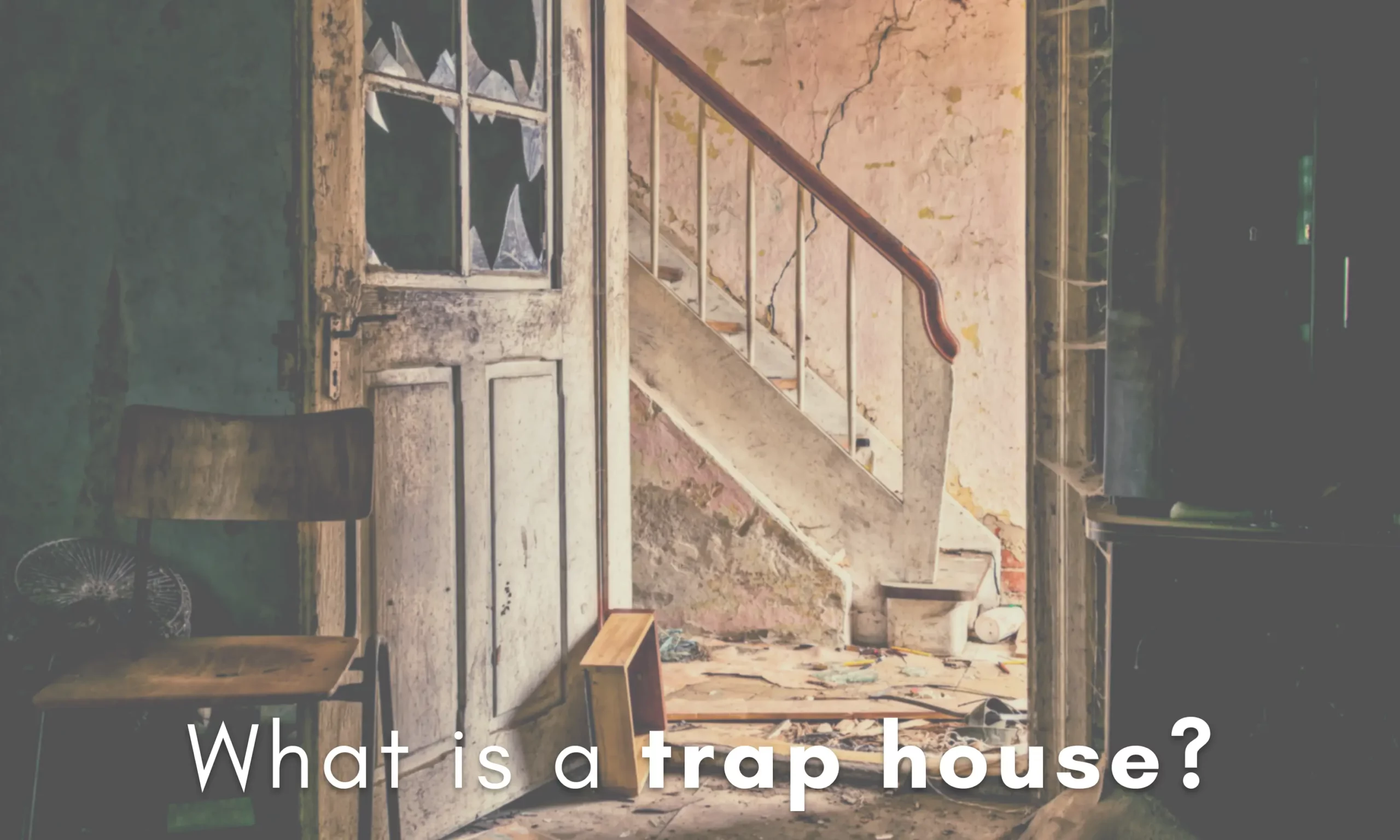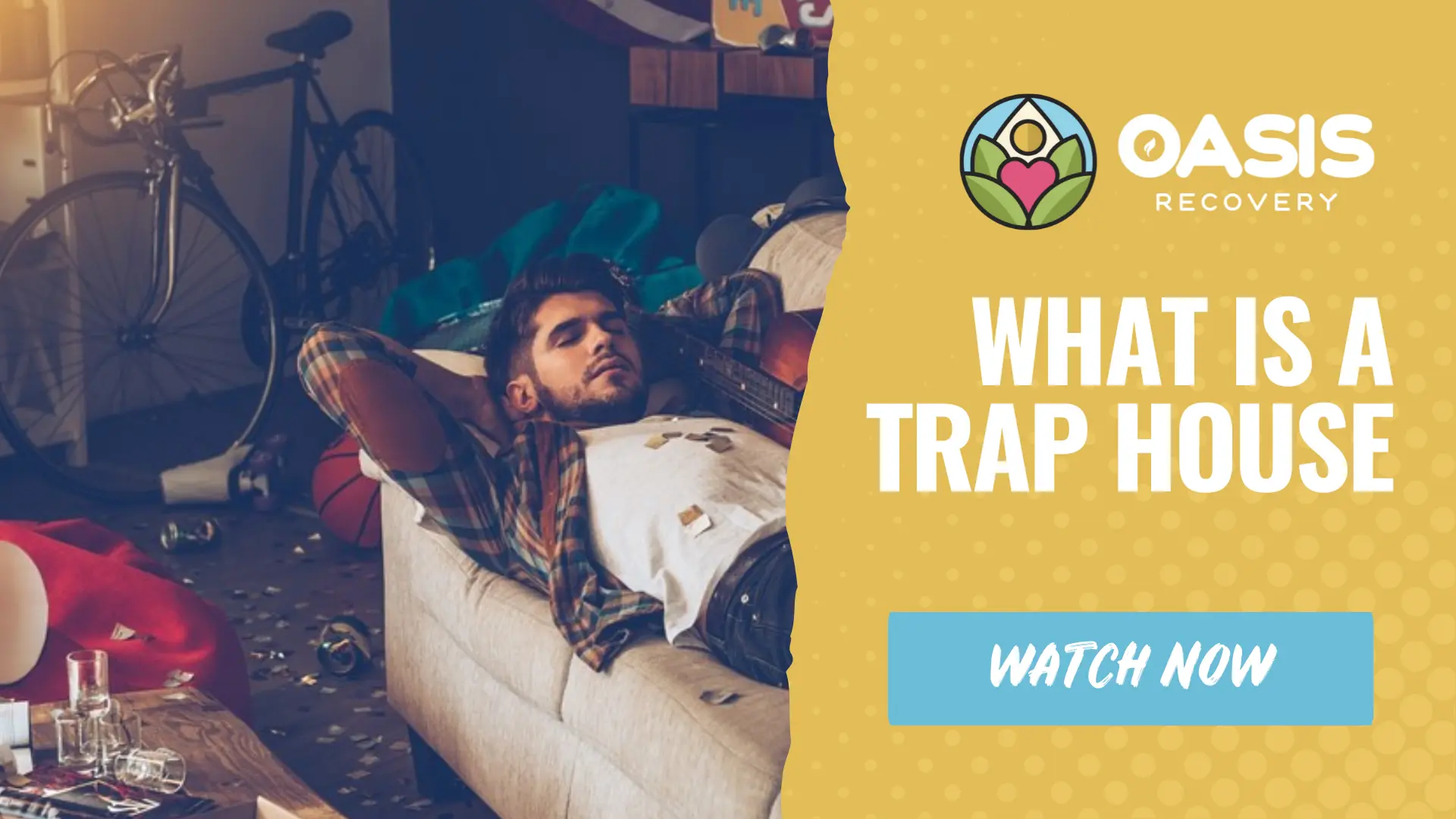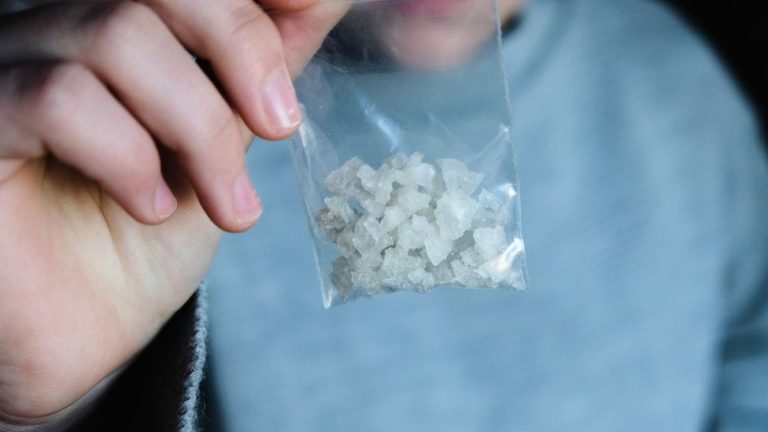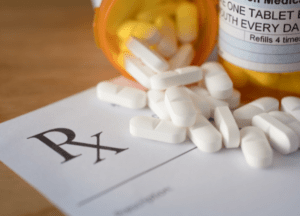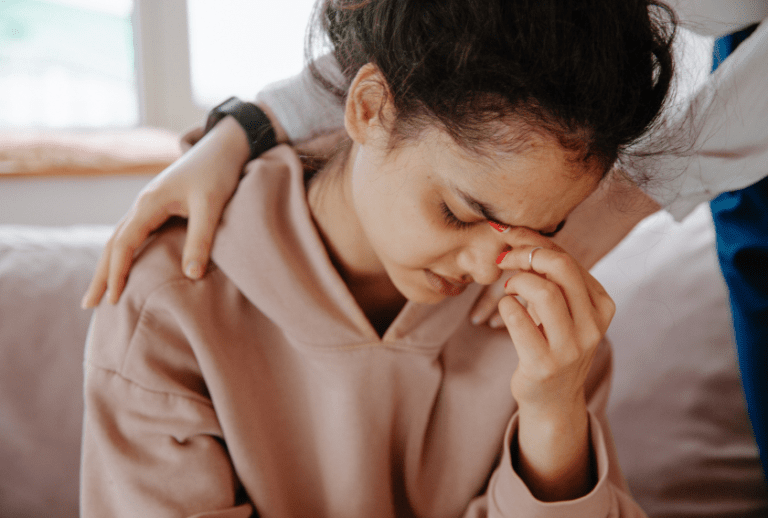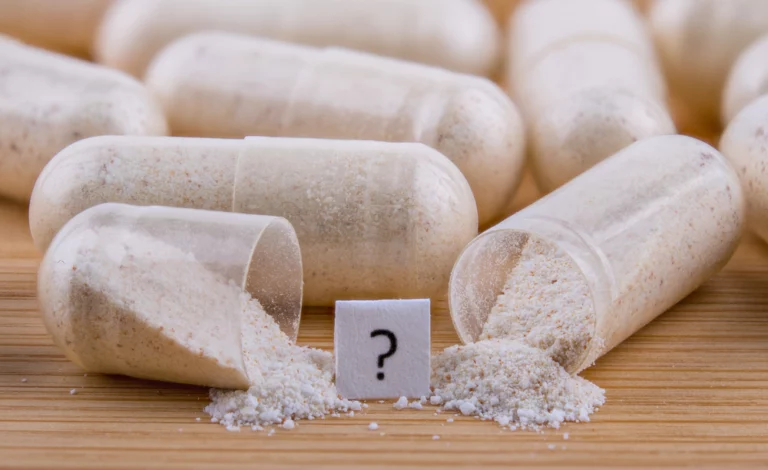What is a “Trap House”?
Early use of the term “trap house” became interchangeable with “crack house.” A “trap house” is a general term for a drug house typically associated with being in a bad neighborhood. A lot of stereotypes come into play when talking about a trap house, such as the assumption of being located in a low-income neighborhood with a high percentage of minority populations.
In this article, we will discuss what a trap house is, how they operate, why they exist, and the most common cities to find trap houses.
What Exactly is a Trap House?
The term trap house was originally used to describe a crack house in an undesirable neighborhood. It is also commonly referred to as a “bando,” which is short for an abandoned house. Trap houses are a drug dealer’s place of business—or a type of marketplace where individuals buy, sell, and use drugs.
Trap houses are established to address two principal issues that entice addicts to create one or visit one—shelter and a constant supply of drugs. Trap houses satisfy both requirements by offering a location where drug users may relax and purchase substances within arm’s reach.
Because of this ease of access, individuals may begin binge-using substances, making them more or less ‘trapped’ in the house. Even if they leave for whatever reason, they will be enticed back to the convenience of the trap house.
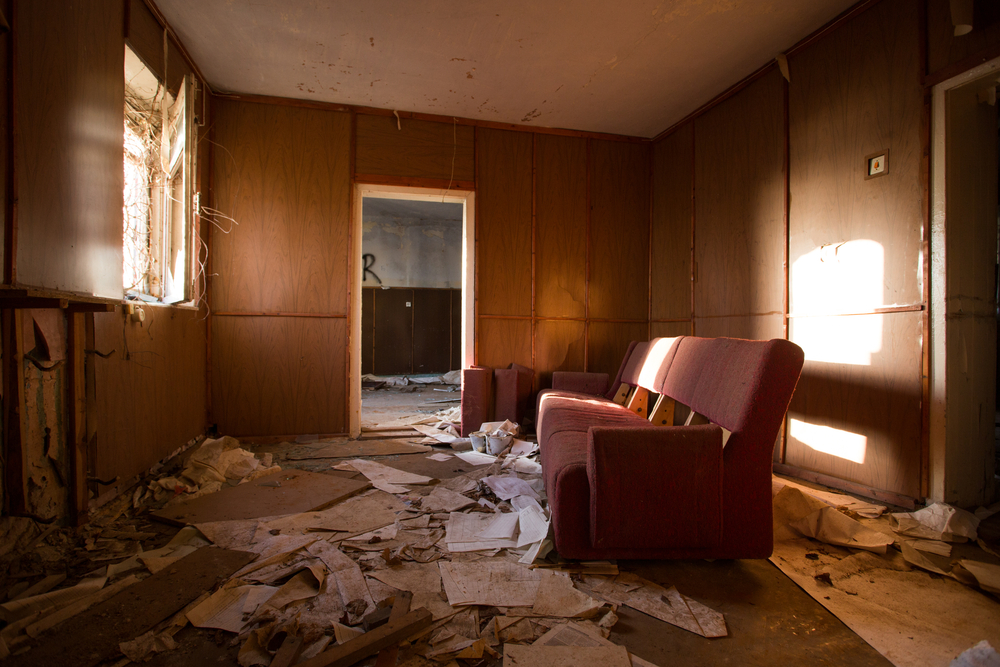
How Trap Houses Operate
In some circumstances, a trap house is simply a physical structure, such as a house, abandoned structure, or other housing used for drug-related purposes.
Some individuals with substance use disorders are known to use trap houses to hide drugs so that if they have a stop-and-frisk encounter with law enforcement while under the influence, they will not have drugs on their person. Later, they can return to the trap house to use more of their drug stash covertly.
A trap house can be a place where drug dealers sell drugs. In this scenario, those who abuse drugs have a known location to go to acquire their preferred drug of choice. This results in individuals frequently coming and leaving the trap house, causing a constant flow of people bringing in unknown substances.
In other instances, a trap house is more of a homemade drug lab where “cooks” make batches of illegal substances such as methamphetamine, commonly known as meth. Not all trap houses are places where drugs are “cut” or “cooked.”
Connect With Us Now
Reach out to us now for immediate support, or let us know the best time to contact you through our confidential callback service. Your journey to healing is just a conversation away.
What Drugs are Sold Out of Trap Houses?
Trap houses serve as hubs for selling various drugs without any strict limitations. Commonly found within these locations are substances such as heroin, meth, cocaine, fentanyl, and prescription pills.
The specific kinds of drugs available depend on the individual drug dealer running the operations in the trap house and the drugs they happen to possess at that time. This variety underscores how these places are flexible in catering to different types of illegal drugs.
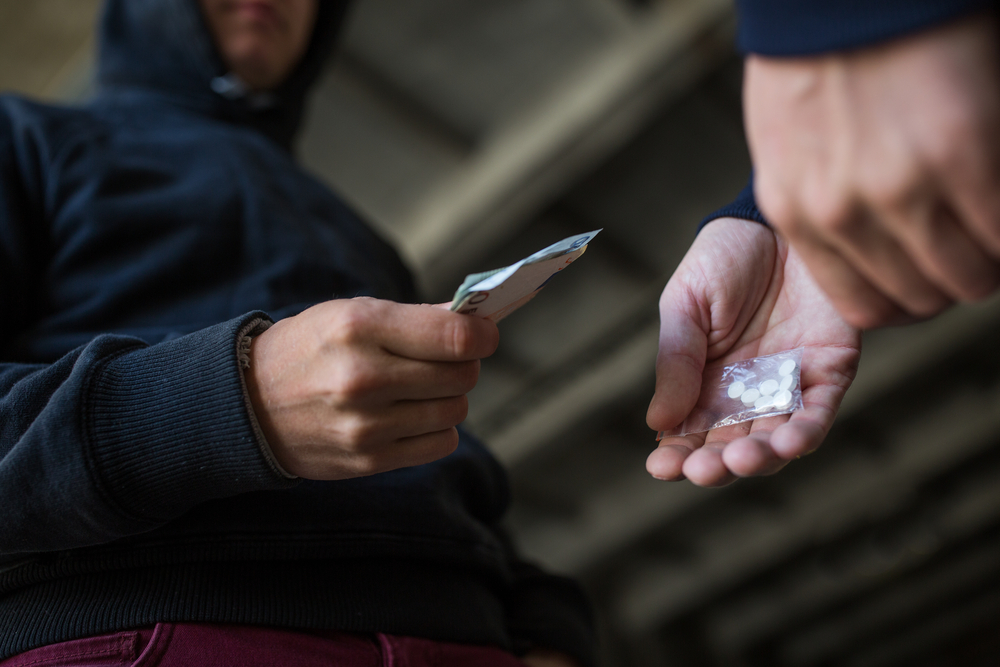
Why Trap Houses Exist
Trap houses have a specific role, often arising from challenging situations. For some people who are homeless or have lost everything due to addiction, a trap house might be their only option for a place to stay.
In a trap house, a few things can happen. It could be a drug dealer’s home where someone who frequently buys drugs pays to stay while they use drugs and maybe even sleep for the night. In some cases, a person who owns a house lets a drug dealer live there.
Unfortunately, due to addiction, the homeowner can owe the drug dealer so much that they give up their property to continue feeding their addiction. This puts the homeowner in a tough spot, feeling stuck in their home.
Sometimes, a trap house might also be where individuals make drugs. When this happens, the kitchen is turned into a dangerous place, depending on the substance being made. This is problematic for many reasons.
Substances like homemade meth releases very harmful chemicals, and the property used to make meth needs to be thoroughly cleaned by professionals to make it safe again, as the chemicals poison the environment.
It’s important to know that some individuals who end up homeless may have once stayed in a trap house. The environment in a trap house may become so dangerous that being homeless, even in harsh conditions, is safer.
How to Identify a Trap House
Because of the low-income areas in which they are often found, trap houses are often abandoned homes. It’s relatively easy to spot them because people come and go all hours of the day and night.
Police have a difficult time arresting dealers because whenever they hear that the police are on to them, they leave in a hurry, pack up, and move to a different location or house. Users and dealers seldom stay in the same residence for over a week.
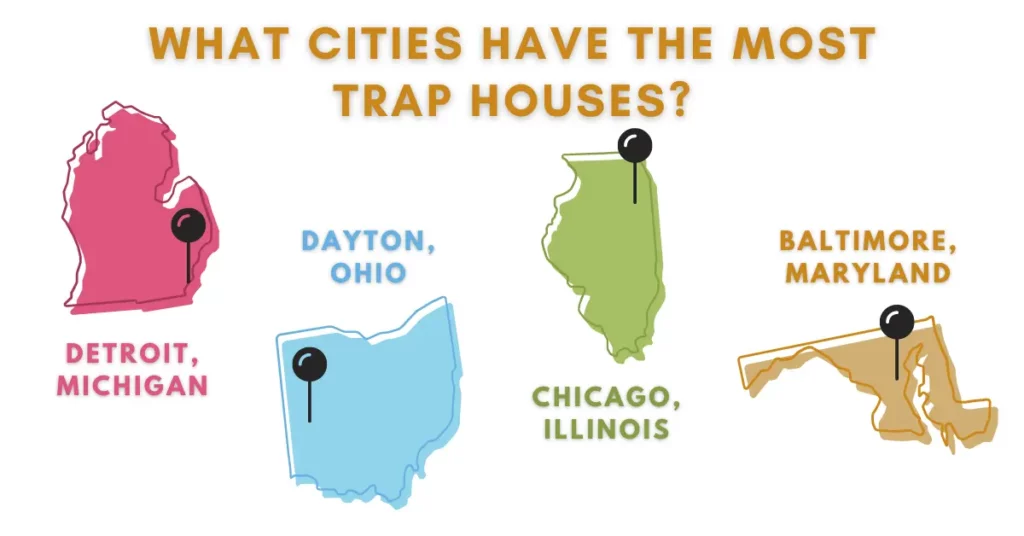
Are You Covered For Treatment?
Oasis Recovery Center partners with numerous private insurance providers. Our team is committed to assisting you in quickly and effortlessly verifying your insurance coverage for treatment.
What Cities Have the Most Trap Houses?
According to the Centers for Disease Control and Prevention (CDC), drug abuse is still a big issue in the United States, where more than 10 percent of the population over the age of 12 used an illegal drug in the last month.
Despite numerous efforts to educate people about and address drug abuse, drug abuse appears to worsen. The following are U.S. cities where trap houses are likely a huge problem.
Baltimore, Maryland
In addition to the issues of poverty and unemployment, Baltimore is now facing a severe substance abuse problem. Heroin and suboxone are the most frequently abused substances in the city, accounting for one out of every ten individuals dependent on heroin.
The federal government designated the city a High-Intensity Drug Trafficking Area because of its heroin problem, referred to as the “U.S. Heroin Capital” by ABC News.
Chicago, Illinois
Chicago ranks third in the U.S. in terms of population, with a population of 2,711,000. Chicago’s economy is dominated by transportation, technology, and management companies, but the poverty rate is higher than the national rate, at 19.1%.
Heroin is the most common drug of abuse in Chicago, accounting for a whopping 1,425 emergency room visits in the city. Heroin, cocaine, prescription opioids, methamphetamine, and marijuana are the most abused drugs in Chicago. Mexican drug gangs control drug sales and distribution in Chicago, which imports heroin from Colombia and Mexico.
Dayton, Ohio
Dayton is the 6th biggest city in Ohio, but it has the most severe drug problems in the state. There are over 140,000 residents. The economy of Dayton focuses on lodging and food services, manufacturing, and healthcare.
Although the economy focuses on accommodations, food services, manufacturing, and healthcare, the poverty rate is 34.5%, and drug use is severe. According to the Montgomery County Coroner’s Office, 282 accidental drug overdose deaths were documented in 2017, making Dayton the location with the most drug overdose deaths.
The most frequently abused drugs, which include opioids, heroin, cocaine, and fentanyl, were responsible for the most fatalities.
Detroit, Michigan
Michigan’s largest city, Detroit, is home to more than 670,000 citizens, 35.7% of whom live in poverty. The city’s key sectors are manufacturing, administration, and waste management services.
Because of Detroit’s struggling economy, high crime rate, and high poverty rate, drug problems are common. Detroit drug issues are predominantly related to heroin (often mixed with fentanyl), artificial opioids, prescription drugs, and synthetic marijuana referred to as ‘spice.’ To authorities, cannabis, cocaine, heroin, and fentanyl are the most frequently reported drugs.
Have Trap Houses Contributed to the Ongoing Drug Epidemic?
Trap houses have contributed significantly to the drug epidemic. As of 2021, the National Survey on Drug Use and Health showed that 40 million individuals used an illicit drug in the past year.
Some of the most commonly used drugs include meth, cocaine, marijuana, and heroin. These are commonly distributed drugs within trap houses, increasing the significance of understanding trap houses.
In recent years, trap houses have been connected to more cases of individuals taking too much of a drug, which can result in overdoses or life-threatening side effects. As the use of potent and addictive drugs, such as heroin and fentanyl, continues to rise, the risk of overdose and addiction also rises.
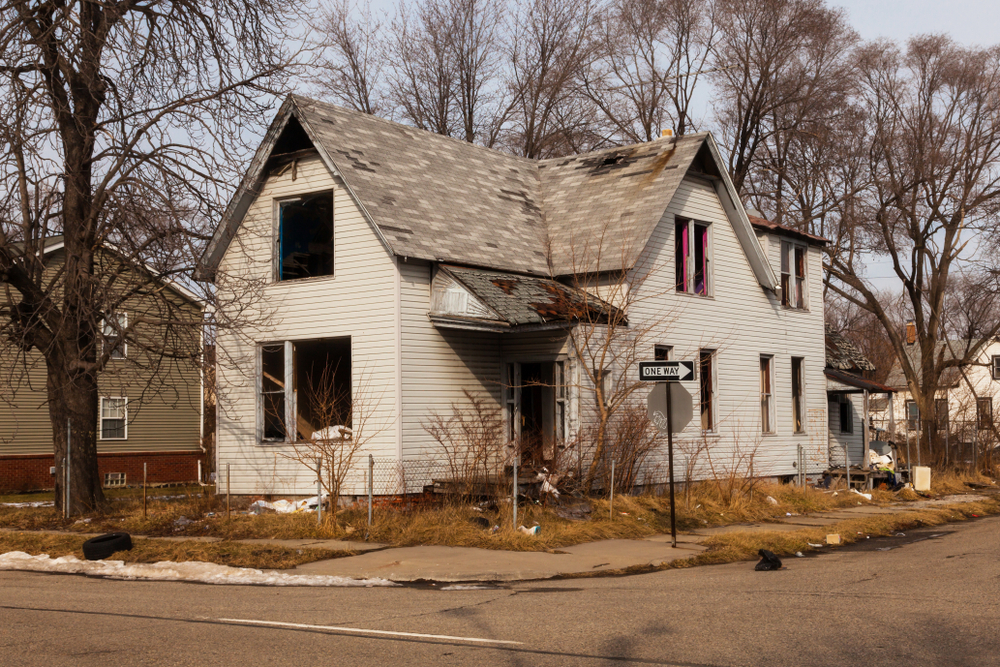
Growing up in a Trap House
The use of the word trap has been reclaimed by those who grew up in low-income housing and other disenfranchised circumstances to explain that they grew up in a trap that was difficult to escape.
Those who grew up in a trap house are likely exposed to negative behaviors resulting from an impoverished upbringing. A person who is familiar with growing up in a trap environment may have stories about exposure to drug dealing in their community and gang-related violence.
How Can Someone Get Out of The Trap?
Life in a trap house is about as bad as a person can get regarding addiction. Those who have had long-term addictions struggle to find ways to imagine getting their life back on track. One obstacle involves the conditions required by homeless shelters and transitional housing.
Usually, the primary obstacle is that a person must be drug-free. This can create a Catch-22 situation. Getting out of the trap is difficult when you do not have a safety net to protect you from yourself.
Tent Communities
Tent communities are sometimes a way for those still using drugs to find a place with a certain level of security. Tent community spaces often have rules that involve a form of contribution to the community to remain in this transitional space. Those in the community are often allowed to continue drug and alcohol abuse, but not on the premises.
Take Our Addiction Quiz for Recovery Insights
Sober Houses and Transitional Spaces
In a sober transitional house, it is usually required that you pay a form of rent. This may initially come as contributions to the household in the form of chores. Sober houses often impose extremely strict rules for the sake of the others living in the space.
Those who enter a sober house are often required to attend daily meetings, engage in group therapy, or perform other tasks. Rules may include being unable to leave the house except for purposes permitted by the person who runs the sober house. Bedtimes and rules surrounding meal preparation and meal times may be strictly enforced.
In many instances, a sober house or related transitional living situation’s overall goal is to create a sense of routine.
Unfortunately, for some individuals, these situations can feel incredibly daunting. It’s worth keeping in mind that your housemates are likely dealing with their own recovery and mental health challenges. This results in a household filled with a great deal of tension, and it can sometimes feel like a powder keg.
Ask around, and people will tell you that it’s possible to make it out of the trap. You have the power to choose to break free from the cycle of abuse and addiction.

Oasis Recovery Can Help You
It’s essential that you put your well-being and personal safety first. If you are ready to turn your life around, an addiction recovery treatment program could be the opportunity you’ve been waiting for to create a better life and future for yourself.
At Oasis Recovery Center, we provide addiction treatment services to those struggling with any kind of substance use disorder. Our treatment programs offer a variety of holistic and individualized therapies and treatment options, ensuring we are able to address every need of our clients.
If you or a loved one are struggling in a trap house or with drug addiction, contact us today to learn more about our treatment programs.



